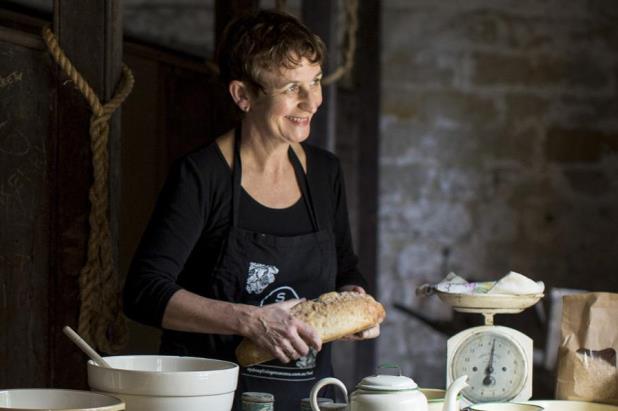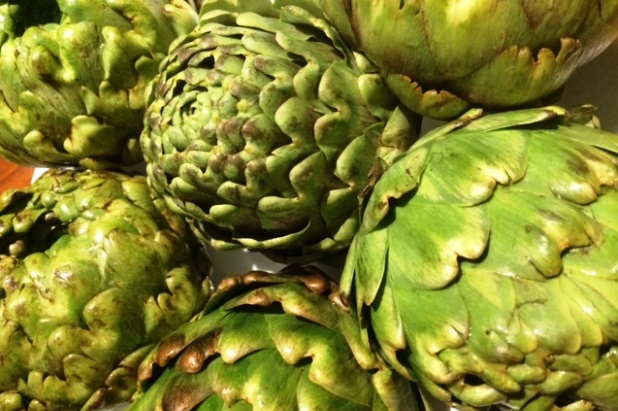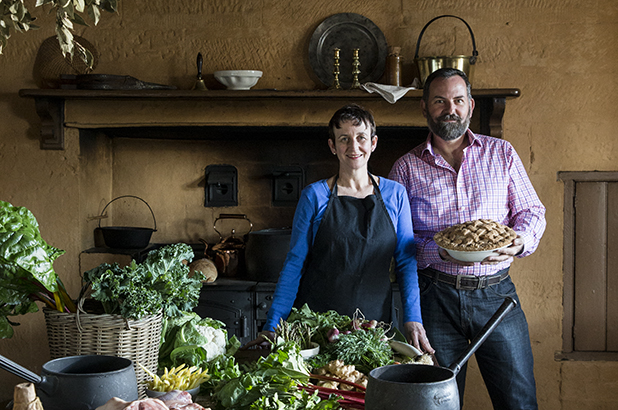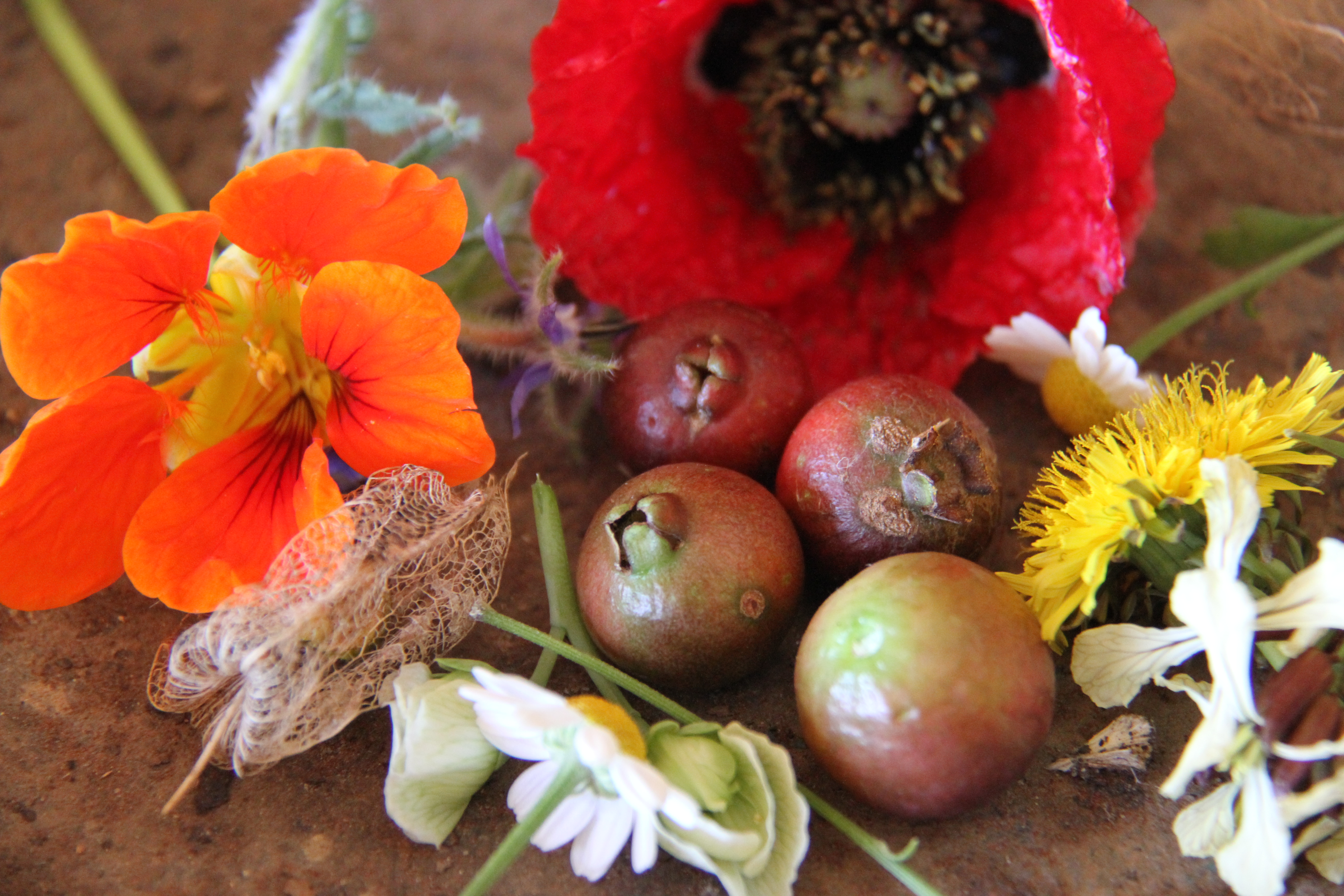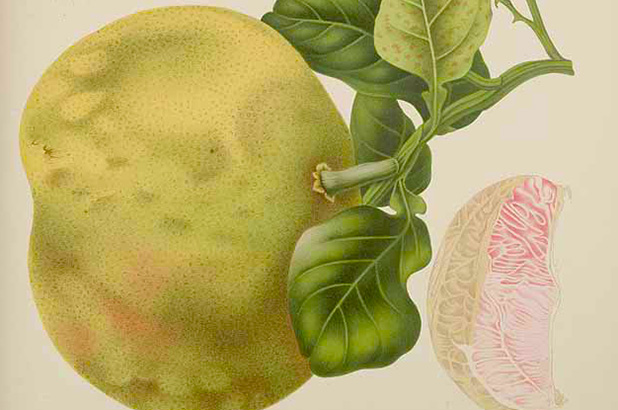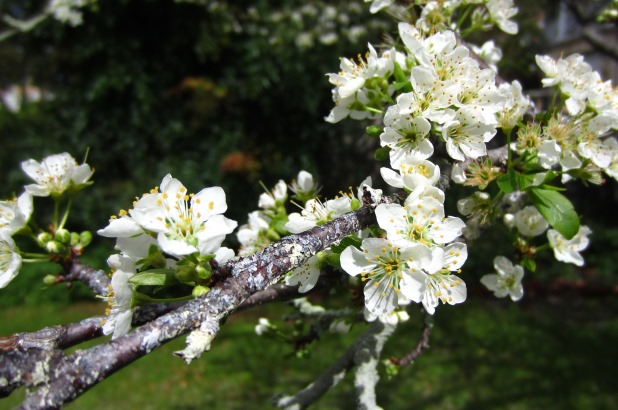Handwritten recipes passed through the generations, tales of goats running wild in colonial gardens and early settlers’ experimentation with native foods…
Eat your history dishes up stories and recipes for Australian kitchens and dining tables from 1788 to the 1950s.Jacqui Newling, resident gastronomer at Sydney Living Museums, invites you to share forgotten tastes and lost techniques, and to rediscover some delicious culinary treasures. Continue reading
Eat your history – the book!
Jacqui Newling, author of Eat your history: stories and recipes from Australian kitchens Photo © James Horan for Sydney Living Museums
